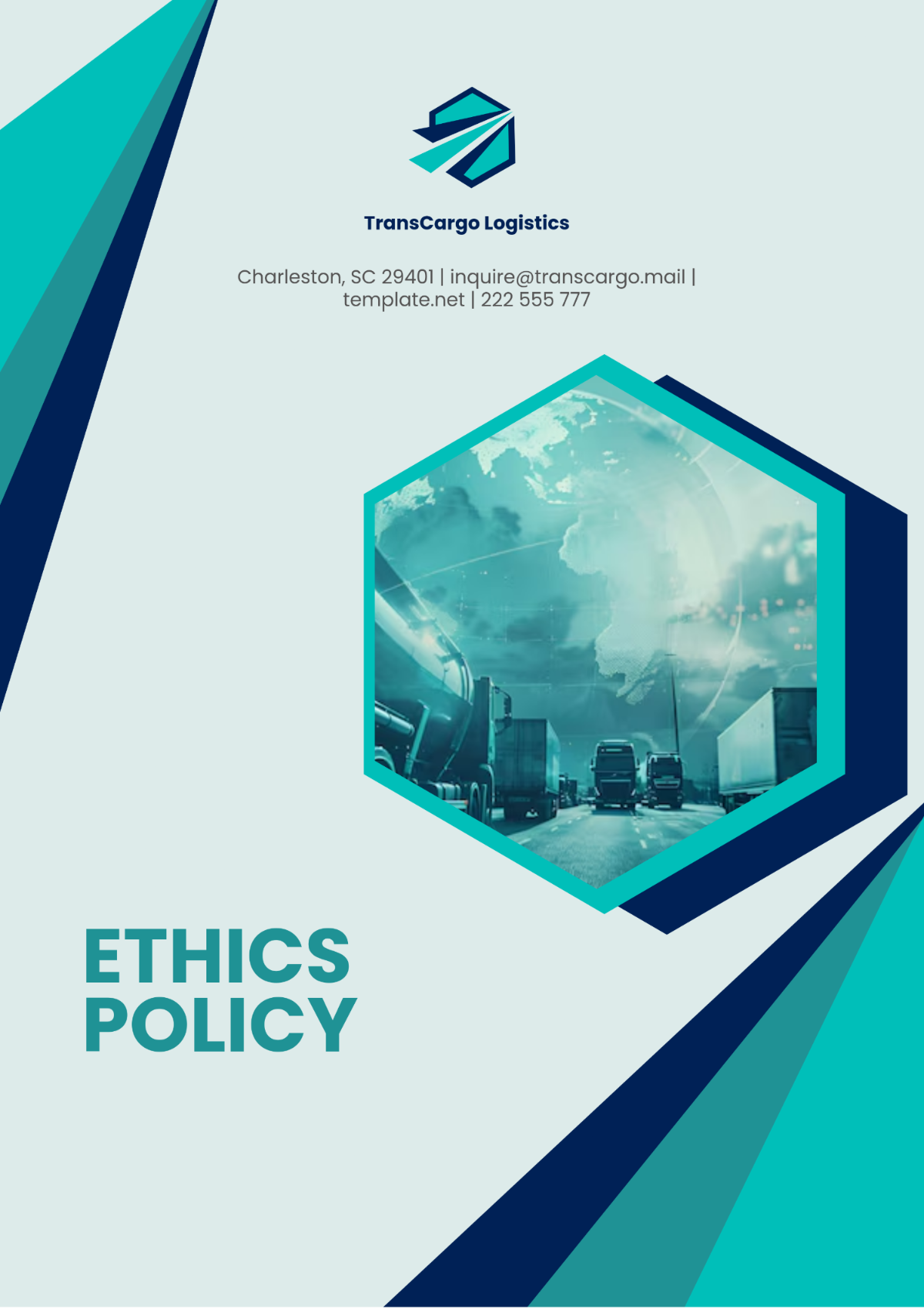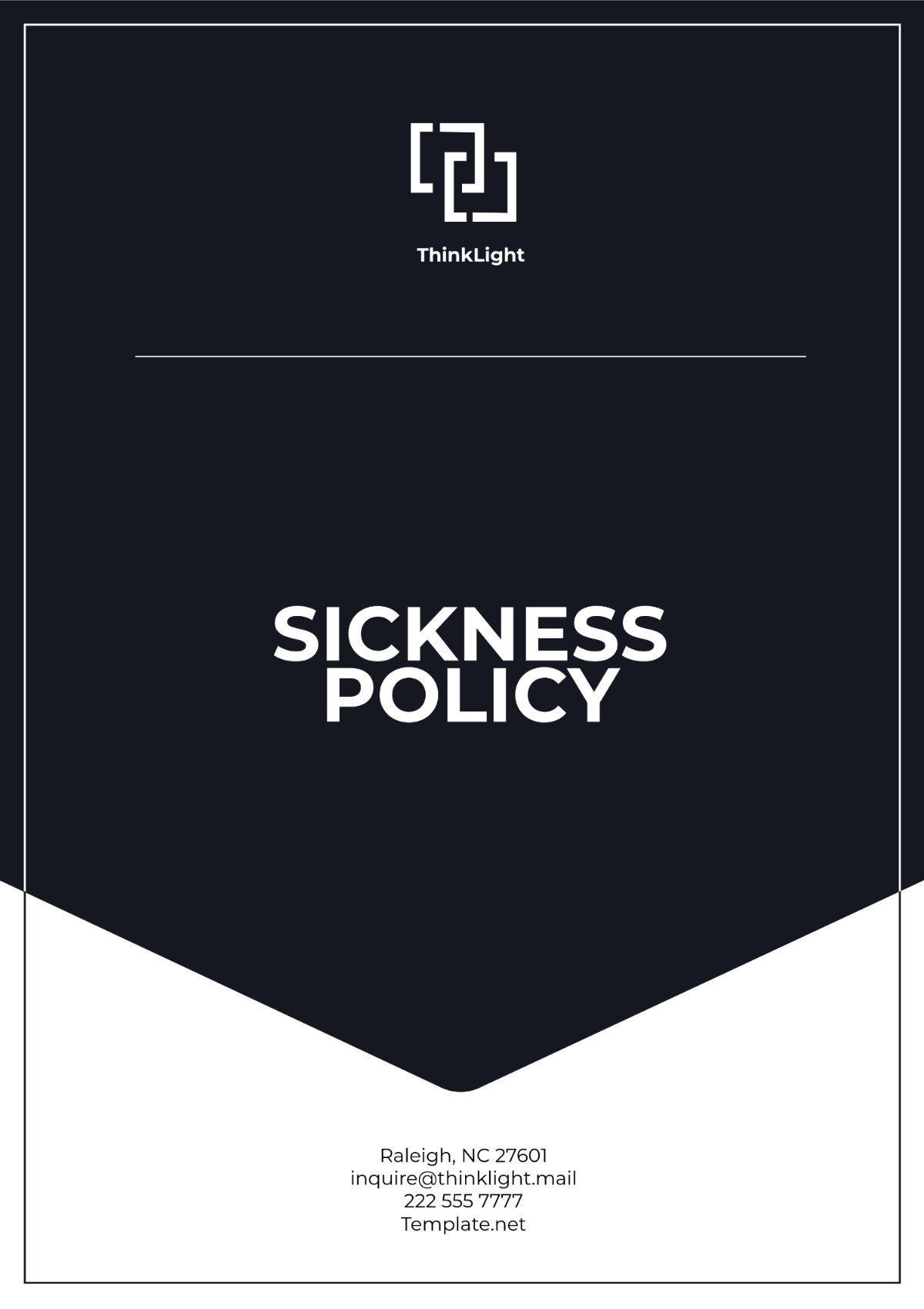Fiscal Policy Chapter Outline
Prepared By: [Your Name]
I. Introduction to Fiscal Policy
1.1 Definition and Purpose
Fiscal policy refers to government strategies on taxation and spending to influence economic conditions. Its main objectives are to manage economic growth, control inflation, and reduce unemployment.
1.2 Historical Context and Evolution
Early fiscal policies focused primarily on maintaining budgetary balance. The Keynesian revolution of the 1930s introduced the concept of using fiscal policy to stabilize economic fluctuations.
1.3 importance in Economic Policy
Fiscal policy, involving government spending and taxation, is crucial for macroeconomic stability, complementing monetary policy that focuses on money supply and interest rates; together, they manage economic cycles and mitigate market failures, creating a balanced and stable economy.
II. Objectives of Fiscal Policy
2.1 Economic Growth
Promoting sustained and substantial economic growth over an extended period by strategically directing resources and funding towards the development and enhancement of infrastructure, advancements in technology, and the improvement of educational systems.
2.2 Full Employment
The implementation of various policies aimed at reducing unemployment rates, which may include initiatives such as programs focused on job creation and the provision of financial subsidies, is an important strategy for addressing economic challenges and promoting employment.
2.3 Price Stability (Inflation Control)
The process of regulating and directing the overall demand in the economy by utilizing various fiscal policies and measures, to prevent the occurrence of either excessive inflation, which is a rapid increase in prices, or deflation, which is a significant decrease in prices.
2.4 Income Redistribution
Implementing progressive taxation and comprehensive social welfare programs can effectively address income inequality and ensure vulnerable populations receive the necessary support.
III. Components of Fiscal Policy
3.1 Government Spending
Types of Government Expenditure
Current Expenditure: Includes spending on public services, salaries, and pensions.
Capital Expenditure: Investments in infrastructure, technology, and education that provide long-term benefits.
Impact on the Economy
Direct Effects: Boost demand via government projects and services.
Indirect Effects: Enhancing private sector productivity through improved infrastructure and public services.
3.2 Taxation
Types of Taxes
Income Tax: Levies on personal and corporate income.
VAT (Value-Added Tax): Taxes on consumption of goods and services.
Excise Duties: Taxes on specific goods such as tobacco and alcohol.
Tax Policy and Economic Behavior
Progressive Taxes: Higher rates for higher income brackets to ensure fair distribution.
Regressive Taxes: Flat rates that may disproportionately affect lower-income individuals.
IV. Fiscal Policy Tools
4.1 Discretionary Fiscal Policy
Government Budget Adjustments
Budget Surpluses: When revenues exceed expenditures, used to reduce national debt or invest in growth initiatives.
Budget Deficits: When expenditures exceed revenues, used to stimulate the economy during downturns.
Stimulus Packages
Examples include the U.S. American Recovery and Reinvestment Act (2009) and the European Union’s NextGenerationEU fund.
4.2 Automatic Stabilizers
Unemployment Benefits
In times of economic recession, automatic measures are implemented to boost financial aid, ensuring essential income support for those impacted by the downturn.
Progressive Tax Systems
Taxes that adjust according to income changes help reduce the overall tax load for people and businesses during economic downturns.
V. Budget Deficits and Surpluses
5.1 Causes and Consequences
Deficits: Increased borrowing may lead to higher interest rates and crowd out private investment.
Surpluses: Can be used to reduce national debt or fund future growth projects.
5.2 Deficit Financing (Borrowing and Debt)
Government Bonds
Instruments are employed to finance deficits and are accompanied by repayment schedules extending over a prolonged time.
Long-term Fiscal Sustainability
Approaches and methodologies to effectively control and balance debt levels with Gross Domestic Product (GDP).
VI. Fiscal Policy and the Business Cycle
6.1 Counter-Cyclical Fiscal Policies
Increasing spending and cutting taxes during recessions to boost demand, and reducing spending and increasing taxes during booms to avoid overheating.
6.2 Timing and Effectiveness of Policy Interventions
Implementation Lag
The time required for both the approval and execution of new policies.
Impact Lag
The duration required for implemented policies to exert a noticeable and measurable impact on the overall economic conditions and indicators.
6.3 Case Studies of Fiscal Policy During Recessions and Booms
The Great Recession (2007-2009)
U.S. fiscal stimulus measures and their impacts.
The European Austerity Measures During the Post-2008 Crisis
The economic consequences that result from their actions or decisions.
VII. Fiscal Policy and Economic Growth
The Role of Fiscal Policy in Promoting Growth
Using fiscal measures to foster long-term economic expansion through infrastructure, research, and development investments.
Investment in Infrastructure and Education
Examples include high-speed rail projects and funding for STEM education initiatives.
Long-term vs. Short-term Effects
Short-term: Immediate boost to demand and job creation.
Long-term: Sustainable growth via boosted productivity and economic potential.
VIII. Fiscal Policy and Income Distribution
8.1 Redistribution Mechanisms
Progressive Taxation
Imposing higher tax rates on individuals with higher incomes could help reduce economic inequality.
Social Welfare Programs
This encompasses various forms of financial assistance and public services such as unemployment benefits, healthcare services, and education subsidies.
8.2 Equity vs. Efficiency
Striking a balance between ensuring a fair distribution of resources among all members of society and minimizing any potential distortions or disruptions to the economy.
8.3 Social Welfare Programs
Case Study
The Scandinavian model of social welfare and its effects on income distribution.
IX. Global Perspectives on Fiscal Policy
9.1 Comparative Analysis of Fiscal Policies in Different Countries
A comprehensive analysis and comparison of fiscal policies implemented by the United States, the Eurozone countries, and various emerging markets around the world.
9.2 Fiscal Policy in Emerging vs. Developed Economies
Emerging Economies: Tackle debt and limited revenue.
Developed Economies: Have more fiscal space but face complex policy challenges.
9.3 International Organizations and Fiscal Policy Guidelines
IMF
Offers comprehensive monitoring and guidance regarding fiscal policies and practices.
World Bank
Provides financial assistance and guidance on policy matters to support and enhance the execution of development projects.
X. Conclusion
10.1 Summary of Key Points
A thorough overview that provides an in-depth analysis of the main goals targeted by fiscal policy, along with a detailed explanation of the various tools used for its execution, and a critical assessment of the significant effects resulting from its application.
10.2 Future Outlook for Fiscal Policy
An in-depth analysis exploring the arising obstacles and possible policy measures that different industries might encounter in the forthcoming years.
10.3 Policy Recommendations
This document intends to offer a thorough set of recommendations to improve fiscal policy's effectiveness, while also suggesting solutions for current and future economic challenges, detailing specific strategies and methodologies for a more responsive and impactful fiscal policy to address immediate and potential economic issues.

















































